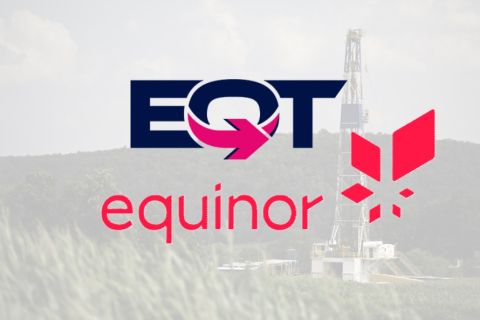Learn more about Hart Energy Conferences
Get our latest conference schedules, updates and insights straight to your inbox.
The current shale revolution was made possible by the application of public R&D dollars to develop the needed technologies to unlock energy supplies for future generations.
For example, the U.S. Energy Research and Development Administration (the precursor to today’s U.S. Dept. of Energy [DOE]) partnered with General Electric in the 1970s to develop the polycrystalline diamond compact bit for use in tough rock formations like shale to reduce drilling costs. Between 1978 and 1992, the DOE invested about $137 million in research that developed the technologies used to unlock production in the Barnett Shale and other plays.
It’s an investment that continues to generate positive results for the industry.
The DOE’s National Energy Technology Laboratory (NETL) teamed up with the Gas Technology Institute (GTI) in 2014 to “develop and execute a hydraulic fracturing test site program to answer questions, advance the understanding of the hydraulic fracturing processes to attain greater efficiencies and improve environmental impacts,” according to the project’s online fact sheet.
The NETL-GTI project field site, provided by Laredo Petroleum in 2015, is located in Reagan County, Texas. The site includes 11 existing wells with 3,048-m (10,000-ft) horizontal legs drilled through the Upper and Middle Wolfcamp Formation in the Permian Basin. The work conducted by GTI researchers includes before and after seismic surveys of hydraulic fracturing operations, core sampling and more, according to the project’s online fact sheet. Work on the project is expected to end in June.
The DOE’s field efforts do not end in the Wolfcamp. Six projects were selected by the agency to receive approximately $30 million in federal funding for cost-shared R&D in unconventional oil and natural gas recovery. The projects, announced earlier this year, seek to “address critical gaps in the understanding of reservoir behavior and optimal well completion strategies,” as stated in a press release announcing the projects. Four of the six are field projects.
GTI will perform multiple experiments in the Delaware Basin’s Wolfcamp Formation to evaluate well completion, design optimization and environmental impact, according to the press release.
The Texas A&M Engineering Experiment Station will conduct a field study of stimulated reservoir volume, fracture characteristics and EOR potential in the Eagle Ford Shale, the press release stated.
The University of Louisiana at Lafayette will address knowledge gaps regarding the Tuscaloosa Marine Shale, according to the release.
The “Field Laboratory for Emerging Stacked Unconventional Plays in Central Appalachia” project awarded to the Virginia Polytechnic Institute and State University will quantify the benefits of novel completion strategies for lateral wells in the unconventional Lower Huron Shale, according to the release.
By continuing in the spirit of partnership struck more than four decades ago, public and private entities are unlocking the energy supplies needed for future generations. Long may that spirit flow!
Recommended Reading
EQT Strengthens Appalachian Position in Swap with Equinor
2024-04-16 - EQT, the largest natural gas producer in the U.S., is taking greater control of the production chain with its latest move.
E&P Highlights: April 15, 2024
2024-04-15 - Here’s a roundup of the latest E&P headlines, including an ultra-deepwater discovery and new contract awards.
The JF Petroleum Group Acquires General Contractor GE Goodson Service
2024-04-15 - Following the transaction, GE Goodson will operate as The JF Petroleum Group’s Midland branch on a go-forward basis.
AVEVA: Immersive Tech, Augmented Reality and What’s New in the Cloud
2024-04-15 - Rob McGreevy, AVEVA’s chief product officer, talks about technology advancements that give employees on the job training without any of the risks.
Chevron Adds to Carbon Capture Tech Portfolio with ION Investment
2024-04-04 - Chevron New Energies led a funding round that raised $45 million in Series A financing for ION Clean Energy, according to a news release.





